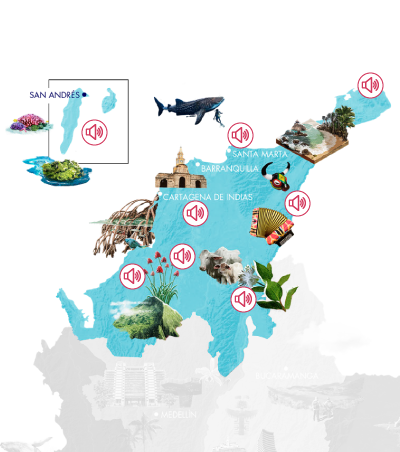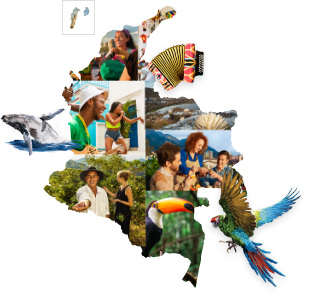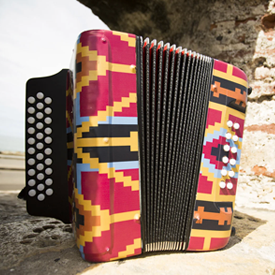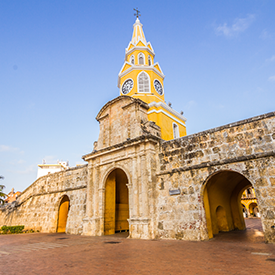The department of Sucre, a land that is ready to be rediscovered.
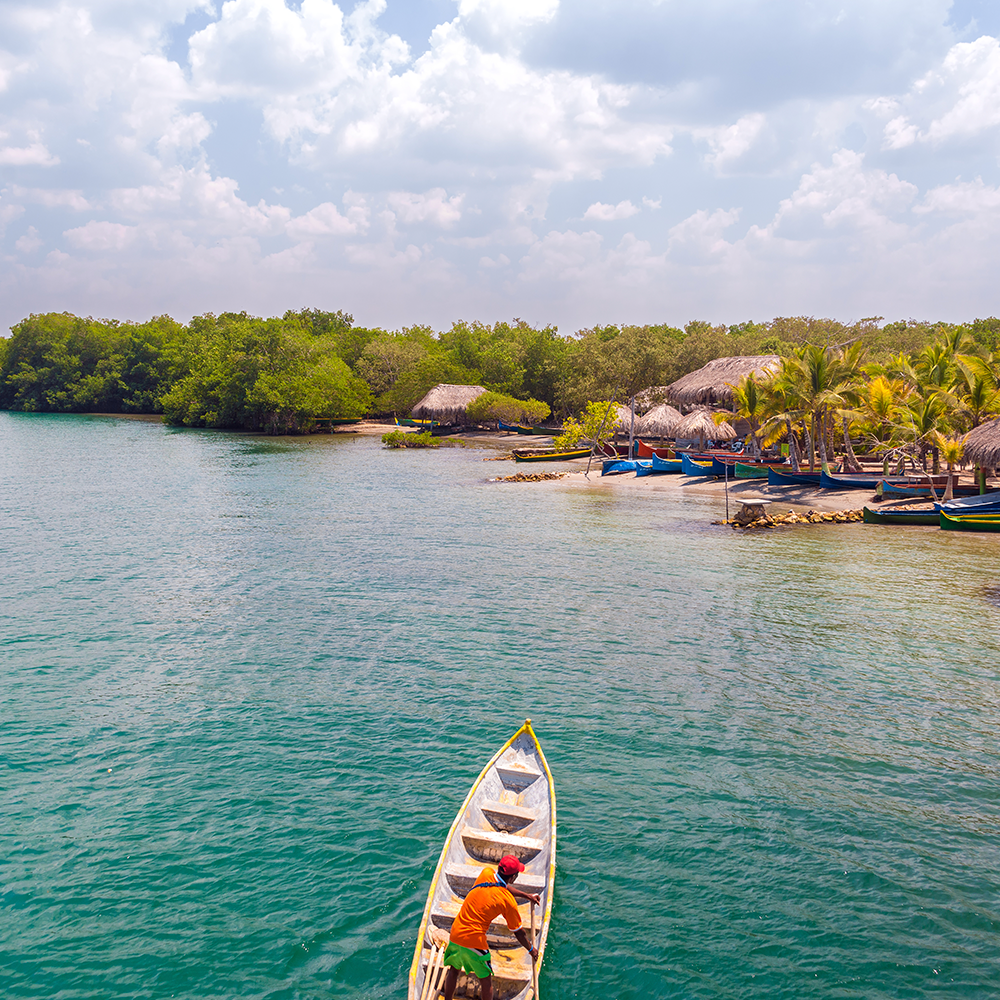
Credit: Jess Kraft // Shutterstock
The department of Sucre is the land of the five sub regions, each with its own identity and with many stories to tell. This territory is full of interculturality that has been reflected in the varied gastronomy, musical diversity and vast natural wealth.
The department of Sucre is part of the Greater Colombian Caribbean. The region of exuberant nature, archaeological sites, world heritage sites, diversity of rhythms and genres and musicals that shows that it is much more than the Caribbean.
Geography
Sucre is an apartment that is located in a great location, full of unique natural landscapes and rich soils. The political division of the territory is divided into five sub regions: Morrosquillo, La Mojana, Montes de María, Sabanas and San Jorge.
Thanks to its great hydrographic location in Sucre it is essential to know the Sanguaré Natural Reserve in San Onofre, Tolú and Coveñas, Sincelejo and Corozal and make the Garciamarquiana route in La Mojana sucreña (between Sincé and Sucre, Sucre).
Culture
The cultures that predominate most in Sucre are the indigenous with the Zenúes, Afro-descendants such as the Palenqueros, Europeans mainly the Spaniards and the Middle East with the Syrian-Lebanese.
Gastronomy
The typical food of Sucre is very varied, it was influenced by the Spanish, indigenous, black and Arab culture.
In the coastal area in the Gulf of Morrosquillo, you can especially see the food of the black culture, in which sea and coastal preparations such as sierra, seafood, sea snail, coconut milk and coconut rice predominate.
On the other hand, in the Savannahs and Montes de María the gastronomy was influenced by the Syrian-Lebanese from which emblematic dishes such as the mote de queso, sancocho de gallina, smoked eggplant salad, cassava with roast meat (livestock vocation) emerged.
In the southern zone, where rivers and swamps pass, it is customary to eat wild animals and swamps such as stewed hicotea and pisingo duck.
Likewise, Syrian-Lebanese food is a milestone in the department so you can see Arab dishes such as kibbeh, osaka and tabbouleh, from which preparations such as sesame pasta and kibbeh stuffed with sweet chili, chives and ground meat have been derived.
In addition, there are the typical snacks of all sub regions such as diabolines, milk balls, cassava balls and cafongos.
Music and lyrics
Sucre's interculturality is seen in music and art. In the department there are three musical currents, the bands that arise throughout the region of the Savannahs, the traditional music of bagpipes and drums and the vallenato sabanero.
On the other hand, from art there are recognized personalities such as the poet Giovanni Quessep; chef and researcher Alex Quessep; the painter, novelist and journalist Héctor Rojas Herazo; the cacique Piche, founder of the corregimiento La Pichi and the one chinchelejo, for whom he was given the name of the city of Sincelejo.
Finally, there is the nobel winner García Márquez, who, although not born in the department, had Sucreña blood on his father’s side. One of his most notable works "Chronicles of a Death Foretold" was inspired by the municipality of Sucre, Sucre.
Featured: Download the magazine about Cesar and learn about the vallenata culture of the department.
Festivities
In Sucre, being a land of folklore and dances, festivities are celebrated such as the Violinato Festival in Sincé, The Algarroba Folkloric Festival in Galeras, the National Meeting of Sincelejo Bands, the Sabanero Accordion Festival in San Marcos, the National Bagpipe Festival "Francisco Llirene" and Corralejas de Sincelejo.
Finally, the department of Sucre is a land where you live natural landscapes and breathe artistic and folkloric wealth. This is the territory that embraces interculturality, demonstrating the great things that can be done when cultures merge, this being a legacy of the Greater Colombian Caribbean and the rest of the country.

Photo capation: Titipan Island, a tourist destination located in the Gulf of Morrosquillo



